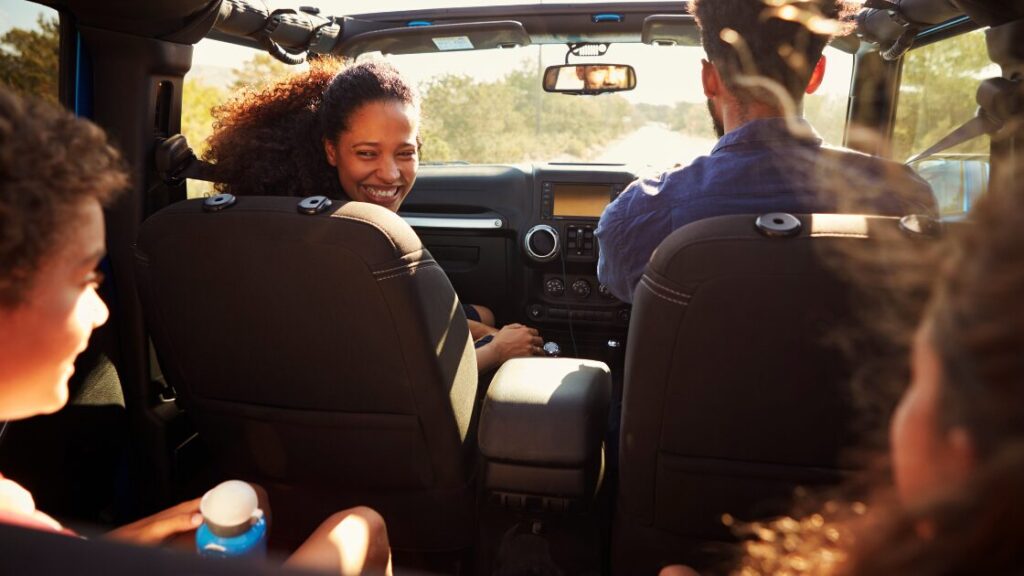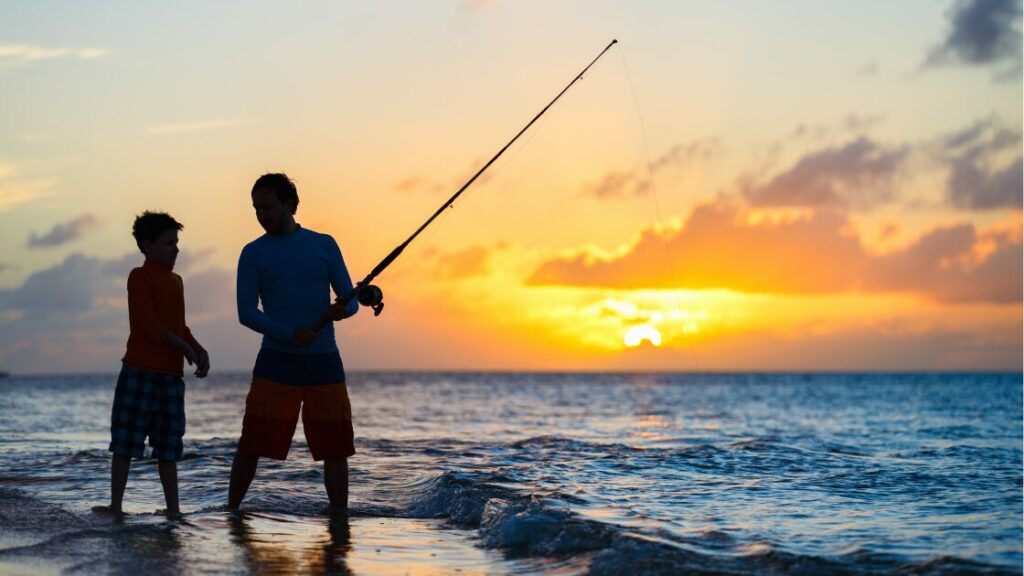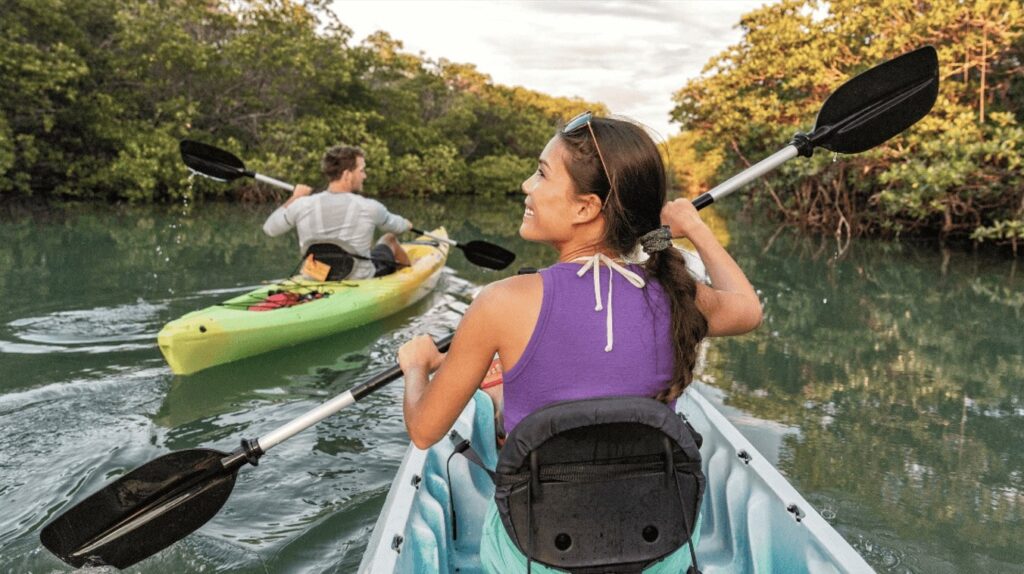What’s the Best Way for Local Tourism Authorities To Get Bang for Their Buck?

Tourism is big business and tourist bodies such as Tourism Australia spend millions of dollars to encourage people to visit Australia. But it’s essential they make the most of these campaigns given the money to support them comes from taxpayer funds.
They can do this by properly measuring their campaigns and working out how successful different tactics are in prompting prospective tourists to visit Australia. This starts by using the right data set. The key here is deterministic data.
Accurate measurement from exposure to booking and on to in market expenditure allows marketers to defend and justify taxpayer funded budgets for destination marketing. Connecting the dots between creative exposure to the potential traveller and the point when they buy a travel product such as a flight or hotel room is the holy grail and it’s available today. This is in contrast to measuring vanity metrics – these include clicks, site visits, and reach and frequency. Sure, these metrics may help to increase the value of your target travellers spend whilst in market but if you’re not measuring whether they are actually laying down their credit card to book, then they are not worth the report they are delivered in.
When we do measure the true effectiveness of the campaign and look at the ‘heads in beds’ metric we are soon to be able to determine which is the most effective data set that we should be using for media activation.

Time after time, when destination marketers have utilised true tourism measurement, deterministic data has shown to be the most effective data set for driving visitation and in market revenue. Deterministic data allows marketers to target their campaigns to people who have the opportunity and capacity to buy travel products. This data helps tourism bodies to drive economic uplift, which in turn supports employment and businesses within the region.
Let’s take a look at an example involving Tourism New Zealand’s digital marketing campaign to encourage high value North Americans to travel to New Zealand, which involved a variety of creative campaigns. What they found was that campaigns centred around native animals received the most clicks, but these clicks did not necessarily translate into visitation. In fact, campaigns involving food and wine, the local culture and eco-based travel were more successful in increasing expenditure of travellers to New Zealand in comparison to those who were exposed to the native Kiwi fauna creative…
So while pictures of iconic New Zealand symbols such as Kiwis generated the highest engagement metrics, they were not the most influential when it came to targeting the highest value traveller who genuinely wanted to visit New Zealand.
This shows why it’s so important to use deterministic data, information that can help ensure destination marketers are targeting people who are are prepared to lay down their credit card and book now


